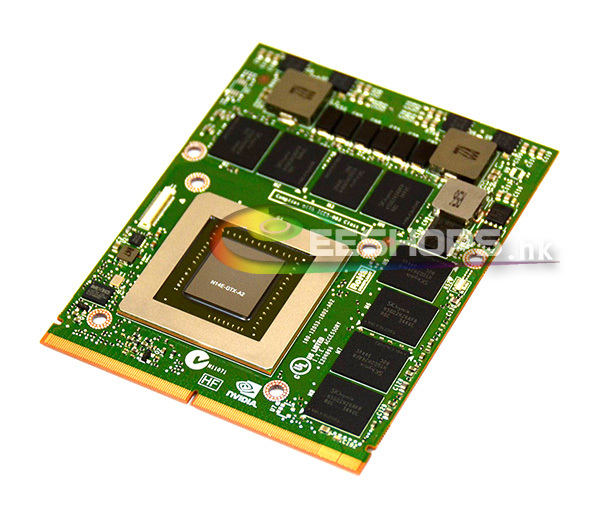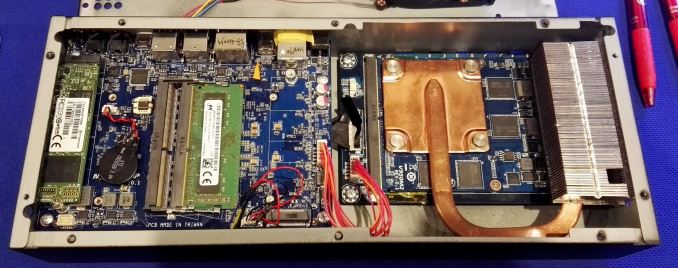Aircoookie
Limp Gawd
- Joined
- Feb 6, 2015
- Messages
- 375
Apparently, AsRock released a new motherboard form factor smaller than ITX on CES. It's called Mini-STX, is around 14x14cm large and supports the Skylake 1151 socket and two M.2 slots for storage. They will also offer a ~2L case for it. PSU is meant to be external. What do you think about this?
http://www.pcworld.com/article/3021...y-bitty-new-mini-stx-motherboards-appear.html
http://www.pcworld.com/article/3021...y-bitty-new-mini-stx-motherboards-appear.html
![[H]ard|Forum](/styles/hardforum/xenforo/logo_dark.png)


